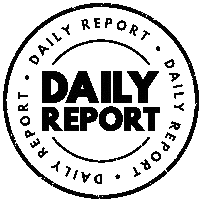Introduction
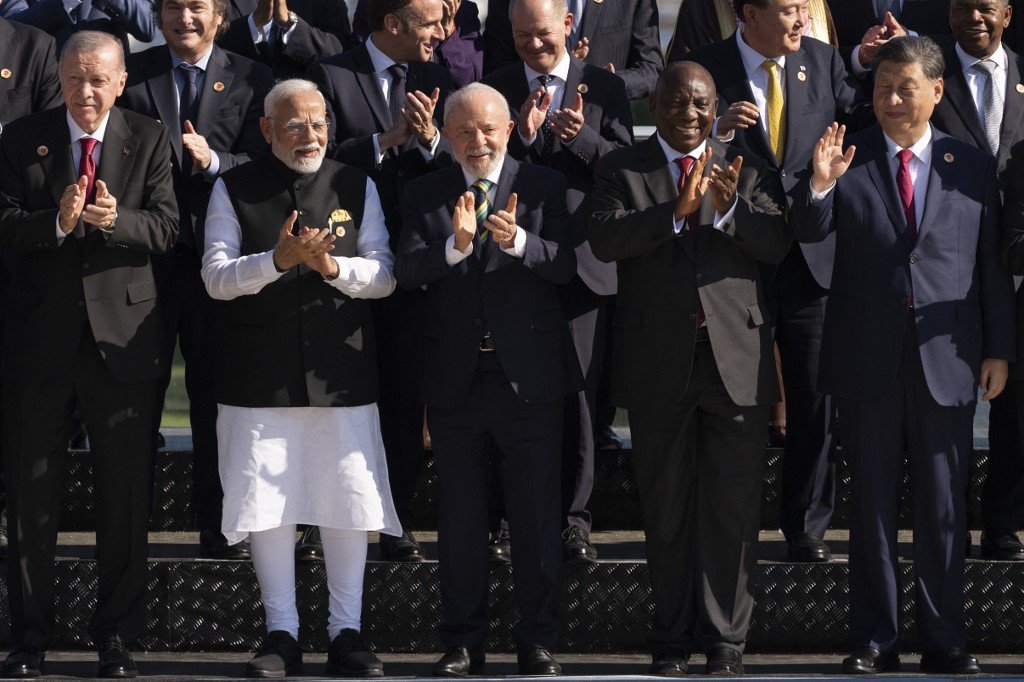
As [Hot Topic] dominates global headlines, it’s critical to understand not just what’s happening, but what top decision-makers are saying—and why their voices matter. Leaders shape public perception, influence market confidence, and guide policy direction. In this feature, DailyReport gathers and contrasts public statements, tweets, and official communications from key figures, highlighting consensus, tension, and strategic imperatives.
Leader 1: President of the United States
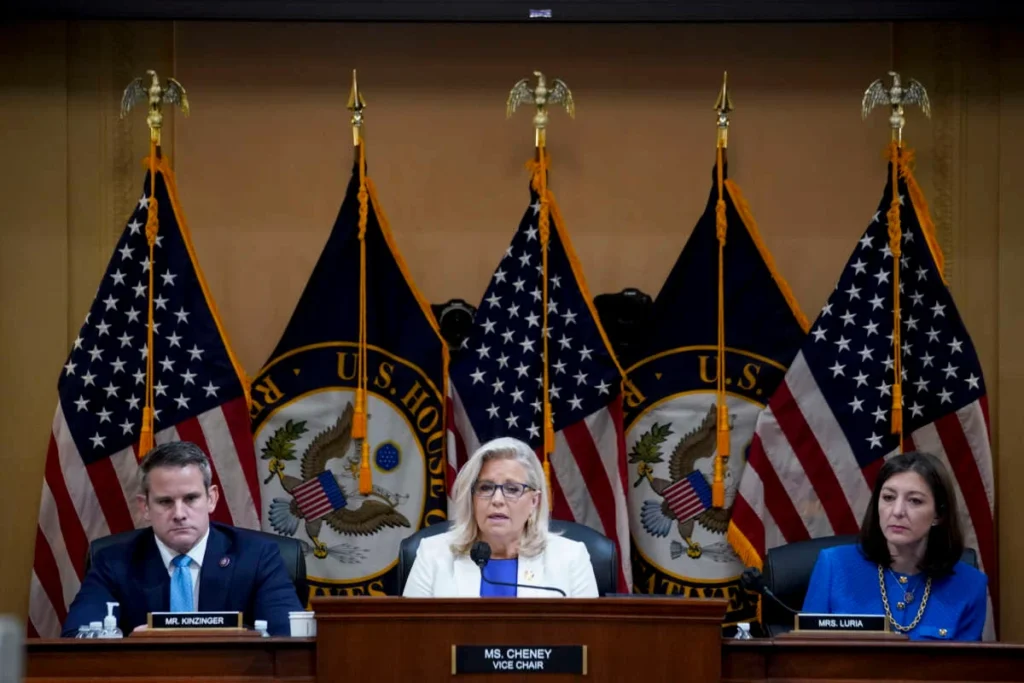
Key Quote
“Today, we stand united with our allies to ensure that [Hot Topic] does not jeopardize global stability.”
Analysis
- Tone & Emphasis: Focus on unity, security, and strengthening alliances.
- Policy Indications: Suggests sanctions, diplomatic pressure, or economic support.
- Audience & Purpose: Intended to reassure domestic voters and signal firmness to global counterparts.
Leader 2: President of China
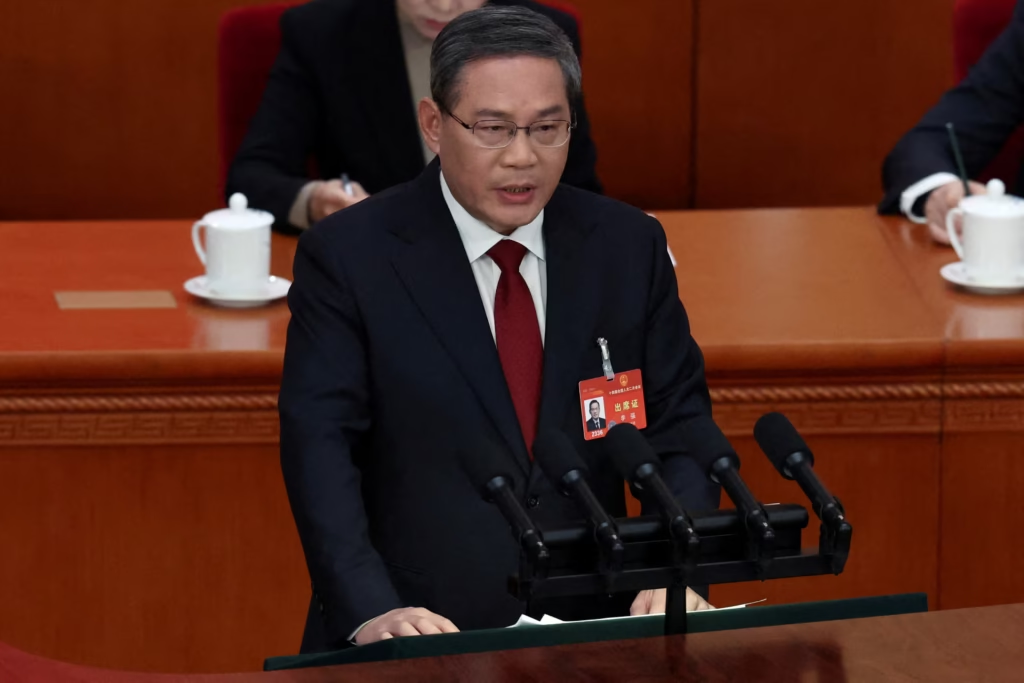
Key Quote
“We urge all parties to avoid unilateral measures and seek mutual benefit through dialogue on [Hot Topic].”
Analysis
- Tone & Emphasis: Diplomatic, non-confrontational, appeals to negotiations.
- Underlying Message: Positions China as a mediator and global stabilizer.
- Audience & Purpose: Addresses developing nations wary of Western dominance, while offering global leadership.
Leader 3: Chancellor of the European Union (or Germany)
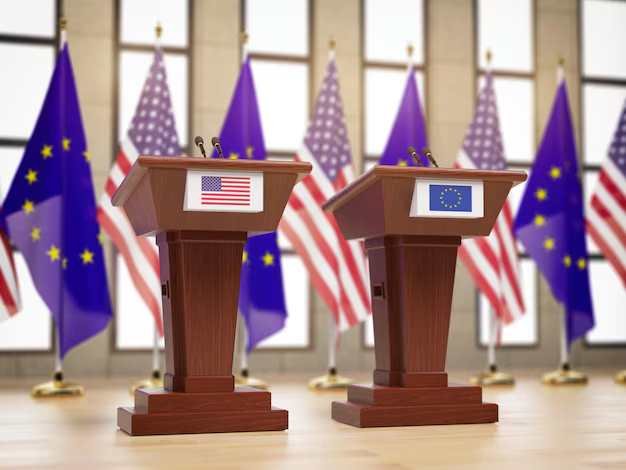
Key Quote
“The European Union remains committed to balancing progress and responsibility in managing [Hot Topic].”
Analysis
- Tone & Emphasis: Balanced, cautious, focused on regulation and impact.
- Policy Implications: Indicates forthcoming regulation, research funding, joint EU initiatives.
- Audience & Purpose: Reassures EU member states and regulatory observers globally.
Leader 4: Prime Minister of India
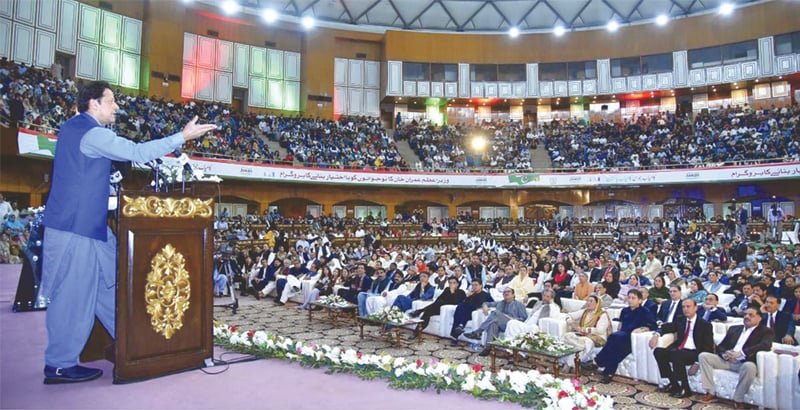
Key Quote
“[Hot Topic] offers a chance for emerging economies like ours to leapfrog into the technological future.”
Analysis
- Tone & Emphasis: Optimistic, forward-looking, growth-focused.
- Strategy & Signals: Suggests investment in local tech industries and global partnerships.
- Audience & Purpose: Designed for domestic reassurance and foreign investor encouragement.
Leader 5: UN Secretary-General (Global Perspective)
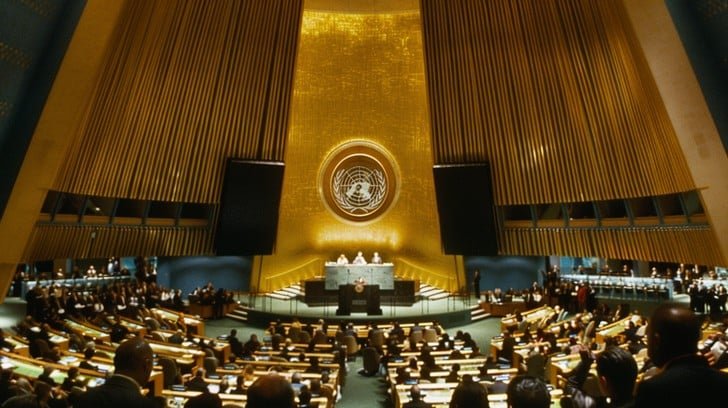
Key Quote
“We call on all nations to collaborate, not compete, in addressing the challenges posed by [Hot Topic].”
Analysis
- Tone & Emphasis: Inclusive, multilateral, globally-oriented.
- Global Agenda: Signals calls for framework agreements, responsible development, and shared governance.
- Audience & Purpose: NGO community, international bodies, smaller nations reliant on multilateralism.
Contrasting Perspectives: What We See
| Leader | Tone | Strategy Emphasized | Global Signal |
|---|---|---|---|
| U.S. President | Assertive, strong | Alliances, Security | Firm support with economic/diplomatic teeth |
| Chinese Premier | Diplomatic, seeking balance | Negotiation, stability | Mediator, appealing to multilateral ideals |
| EU Chancellor | Cautious, regulatory | Responsibility, sustainability | Forewarns investors about oversight and standards |
| India PM | Innovative, opportunity-driven | Tech leap, economic growth | Inviting investors, projecting development |
| UN Secretary-General | Global, inclusive | Collaboration, shared responsibility | Encouraging framework-level coordination |
Behind the Messages
- The U.S. tone signals alignment with allies, deterrence, and readiness for tougher actions.
- China frames itself as the diplomatic alternative, appealing to developing and neutral nations.
- The EU emphasizes a cautionary approach, hinting at regulation that could ripple into global markets.
- India positions itself as a growth engine, signaling that [Hot Topic] is a launchpad, not a threat.
- The UN offers a unifying message, personifying multilateralism in contrast to emerging blocs.
What This Means for the World
- Diplomacy & Tensions
- U.S.-China stances suggest high-level rivalry infused with diplomatic caution.
- Global alliances may fracture or coalesce depending on regulators and shared frameworks.
- Markets & Investors
- U.S. firmness may ease investor concerns—while China’s balanced stance appeals to trade-friendly conditions.
- EU regulation hints at stricter global compliance needs—companies must navigate more rules.
- Global Standards & Equity
- India and UN messaging push for developing world access—a reminder of inequality in distribution.
- Global governance may hinge on whether frameworks are inclusive and balanced.
Voices Beyond Leaders
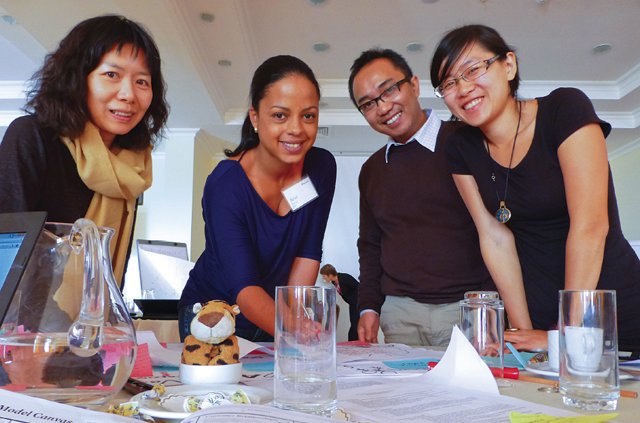
- Tech CEOs/Industry Groups
- “We support coordinated approaches and fear fragmentation.”
- NGO/Advocacy Leaders
- “We need human rights-first frameworks, not narrow geopolitical deals.”
- Local Populations
- “Consumers in developing countries are hopeful but cautious.”
What You Should Watch Next
- Upcoming Summit: Leaders will convene in [Location] for a major [Hot Topic] forum—watch for joint communiqués.
- Trade Agreements: U.S.-India, EU-India or China-U.S. negotiations may shift policy trajectories.
- Regulatory Roadmaps: In the EU, new laws may emerge in 3–6 months.
- Public Opinion: Shifts in domestic polls may influence leader tone before high-stake summits.
Conclusion: Why This Matters to You
World leaders’ rhetoric is not just PR—it shapes economic outcomes, diplomatic relations, and global standards. Whether you’re:
- A global citizen following fairness and stability;
- An investor or business navigating shifting regulations;
- An advocate or activist amplifying global voices;
…each message signals direction. DailyReport encourages you to track these public voices and understand how they shape policy, markets, and the future.
Join the Conversation:
- Which leader’s stance feels most compelling—or problematic?
- Does your own country align with any of these positions?
Tell us your thoughts below.
Stay informed, stay connected—only at DailyReport.
